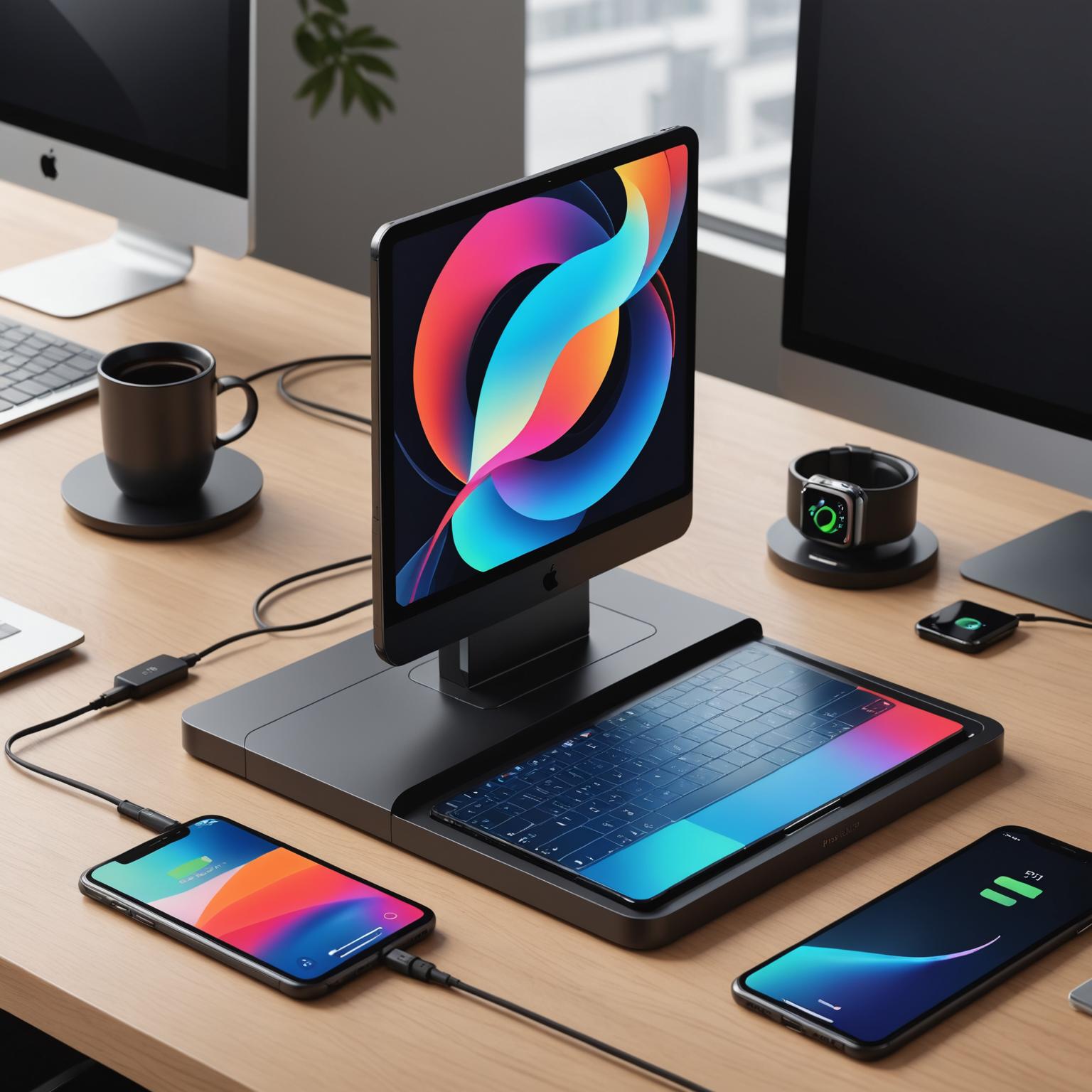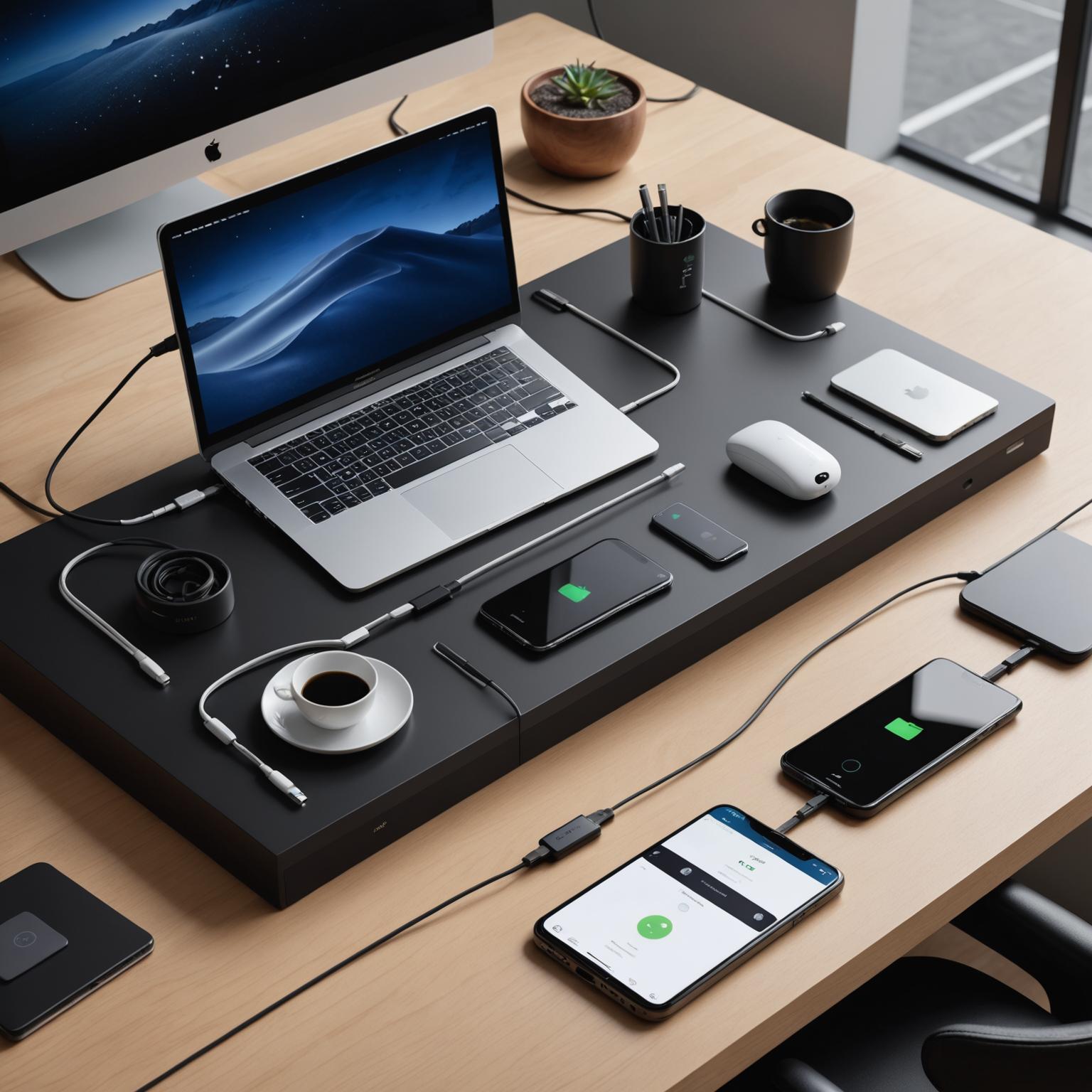The world of technology is constantly evolving, with sleek, powerful devices like the conceptual Apple iFold pushing the boundaries of design and functionality. As these devices become more integrated into our lives, so do their essential accessories. The universal adoption of the USB-C port means that nearly everyone needs a good type-c data cable, but a common mistake is assuming all cables are created equal. In reality, the cable you choose can drastically impact your device’s performance, affecting everything from charging speed to data transfer capabilities. Understanding the key differences is crucial to unlocking the full potential of your tech.

Data Transfer vs. Pure Power: Understanding Your Type-C Charging Cable
A primary point of confusion lies in the distinction between a cable designed for data transfer and one intended solely for charging. At first glance, a high-speed type-c data cable and a basic Type-C charging cable look identical. Both will power up your device. However, the internal construction tells a different story. A dedicated charging cable often lacks the necessary internal wiring required for transmitting data, making it a one-trick pony. In contrast, a data cable is built to handle both power delivery and high-speed information exchange. For a sophisticated device like the iFold, which boasts a vibrant OLED display and advanced features, being limited to a simple Type-C charging cable would mean you couldn’t sync photos, transfer large files, or use features like screen mirroring efficiently. A true data-capable cord ensures you can manage your device’s content as seamlessly as you charge it.
Built to Last: The Case for a Durable Type-C Cable
Beyond functionality, longevity is a major factor to consider. Standard cables that come with many devices are often designed to meet minimum cost requirements, leading to thin plastic sheathing and weak stress points near the connectors. These are prone to fraying, kinking, and eventually failing. This is where investing in a durable Type-C cable pays off. These premium cables often feature braided nylon exteriors, reinforced connector housings, and thicker internal wires that can withstand thousands of bends. While a standard cable might need replacing every few months, a durable Type-C cable is built for the long haul, offering reliability and peace of mind. For a futuristic product with a premium ceramic back and a robust hinge like the iFold, pairing it with a flimsy, easily broken cable would be a mismatch. The elegance and resilience of the device should be complemented by an accessory that offers the same quality and durability.
Choosing the Right Cable for Your Needs
So, how do you choose? The decision boils down to your specific use case. If you need a spare cord to keep in your car or at the office strictly for topping up your battery, a simple and affordable Type-C charging cable might suffice. However, for your primary cable that connects your phone to your laptop or manages your device’s ecosystem, a high-quality type-c data cable is the superior choice. This ensures you are never caught unable to transfer an important file. Furthermore, opting for a durable Type-C cable provides better long-term value and ensures your accessory can keep up with your lifestyle. The state-of-the-art USB-C adapter envisioned for the iFold is designed for elegance and efficiency; the cable connected to it should live up to that same standard, providing fast, reliable performance every time you plug it in.
